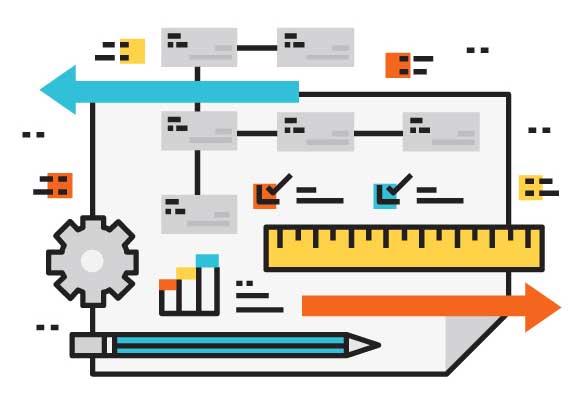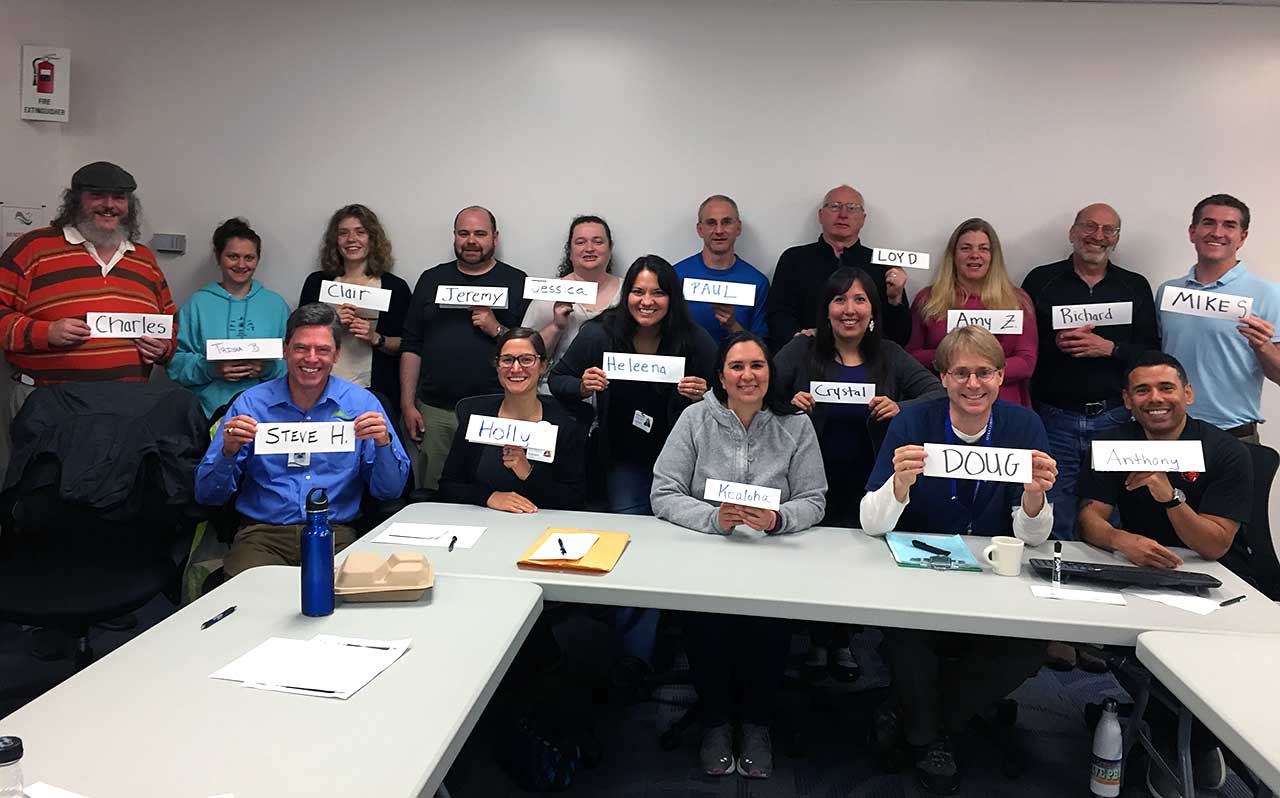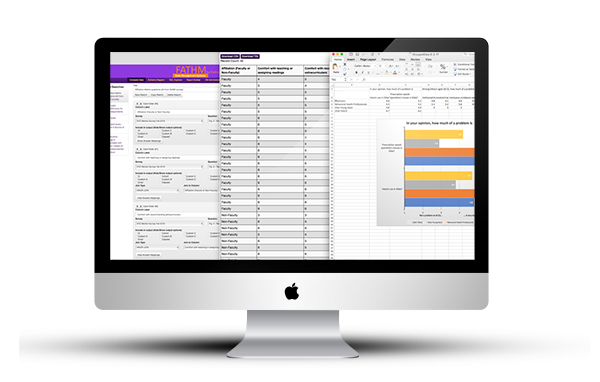We provide individualized, collaborative & confidential program evaluation services.
We offer a full suite of evaluation strategies and tools for programs in education, research, social services, science training, and administration in the public, private, and non-profit sectors.
Whether you are looking for comprehensive program evaluation, evaluation consulting, or just one planning component, EvaluLogic has the experience and tools to help you meet your program’s goals. From evaluation proposals and planning… to interviews, surveys, and focus groups… to data collection, analysis, and reporting… we can help you assess your program and outline strategies for higher performance. Please contact us regarding your program evaluation and development needs.
Looking for sophisticated survey data management and access services? Explore FATHM, our customized survey data management and query application.

LeadOn! annual summit participants. LeadOn! empowers youth in promoting respect and reducing sexual assault and dating violence in their communities. EvaluLogic and Strategic Prevention Solutions evaluated community impacts of LeadOn!

Program Evaluation
An effective evaluation should identify:
- A logical evaluation strategy
- Key programmatic components
- Key evaluation questions
- Key targets for evaluation activities
- Misalignment of program activities and intended outcomes
- Measureable metrics
- Strategies for measurement and analysis
- Program improvement options
- Detailed, frequent feedback and reporting
We provide this and more through our personalized, custom approach. All programs are different; understanding the specifics of each program is key to effective evaluation. We work with clients as an evaluation team to understand and meet program, client, and stakeholder needs. Importantly, we ensure an unbiased, data-driven assessment of program function and performance.
Logic Modeling
What is a logic model?
A logic model is a graphic representation of an action plan and its intended results. It is formed through an iterative process whereby program stakeholders define program components, identify relationships between components, and connect program activities with outcomes. The logic model identifies what we want to measure, and when and how to measure it.
How do we use logic models?
We use logic models for two primary purposes:
- Program/project design
- Evaluation plan development/implementation
The logic modeling process helps us identify key programmatic elements and evaluation questions, articulate program activities and how they relate to intended outcomes, develop evaluation strategies and targets, identify appropriate evaluation instruments and analyses, and integrate the interests of program stakeholders. Both program and evaluation logic models are fluid; they accommodate changes in program direction and needs – often, these changes are the result of effective evaluation.


Proposal & Evaluation Plan Development
Our Proposal Development/Evaluation Plan services include:
- Evaluation Plan and Proposal development, review, and editing
- Interactive logic modeling for proposals, programs, and evaluation plans
- Vertical and horizontal alignment of program actions, outputs, and intended objectives
- Evaluation plan and proposal integration
- Stakeholder meetings to guide proposal/program direction
- Facilitation services
We want to be involved in your program planning. Why?
When program evaluation planning is integrated with project/proposal development, stronger proposals and programs result. Our eye for evaluation provides unbiased, third party perspectives on proposals and projects. Further, we can help identify critical evaluation questions, targets for evaluation, and mechanisms to evaluate and measure key programmatic components and outcomes.
Surveys, Focus Groups & Interviews
Strong evaluation depends on strong, effective evaluation instruments. Our instrument toolbox is extensive; we align instrument type and design with evaluation strategy. Whether it’s surveys, focus group facilitation, or conducting interviews, we customize the approach for each client and project. We craft our instruments carefully – from question wording and sequence to question style and type – to get the most out of your evaluation resources. We offer confidential online and offline survey delivery and response options.
We offer a full range of instrument development and delivery services:
- Instrument selection for alignment with evaluation strategy
- Instrument design, delivery, and data collection
- Full services for online and offline surveys
- Integrated survey data management through our FATHM application
- Structured and semi-structured interviews
- Focus group facilitation
Our instruments don’t end with development, delivery, and collection, however! We help tease apart data to find and articulate the meaning behind the words and numbers.


Data Management, Analysis & Reporting
Data are only powerful if they come from well-designed instruments, are organized, and are analyzed correctly. And data aren’t just numbers; for many evaluations, qualitative data provide critical insights on a program’s operations or its impact on stakeholders. Qualitative and quantitative evaluation designs and in-depth analyses provide you with decision-making power for program improvement and reporting. Due to more rigorous reporting demands by funders, we developed FATHM, an integrated survey data management and query application that lets you explore your programs to new depths.
We offer extensive qualitative and quantitative data management, analysis, and reporting services including:
- Instrument selection, design, delivery, and collection
- Powerful data management using our FATHM data management application
- Rigorous qualitative and quantitative data analysis
- Data presentation and graphics
- Summary statistics
- Evidence-based conclusions and recommendations
- Frequent and timely feedback and reporting
